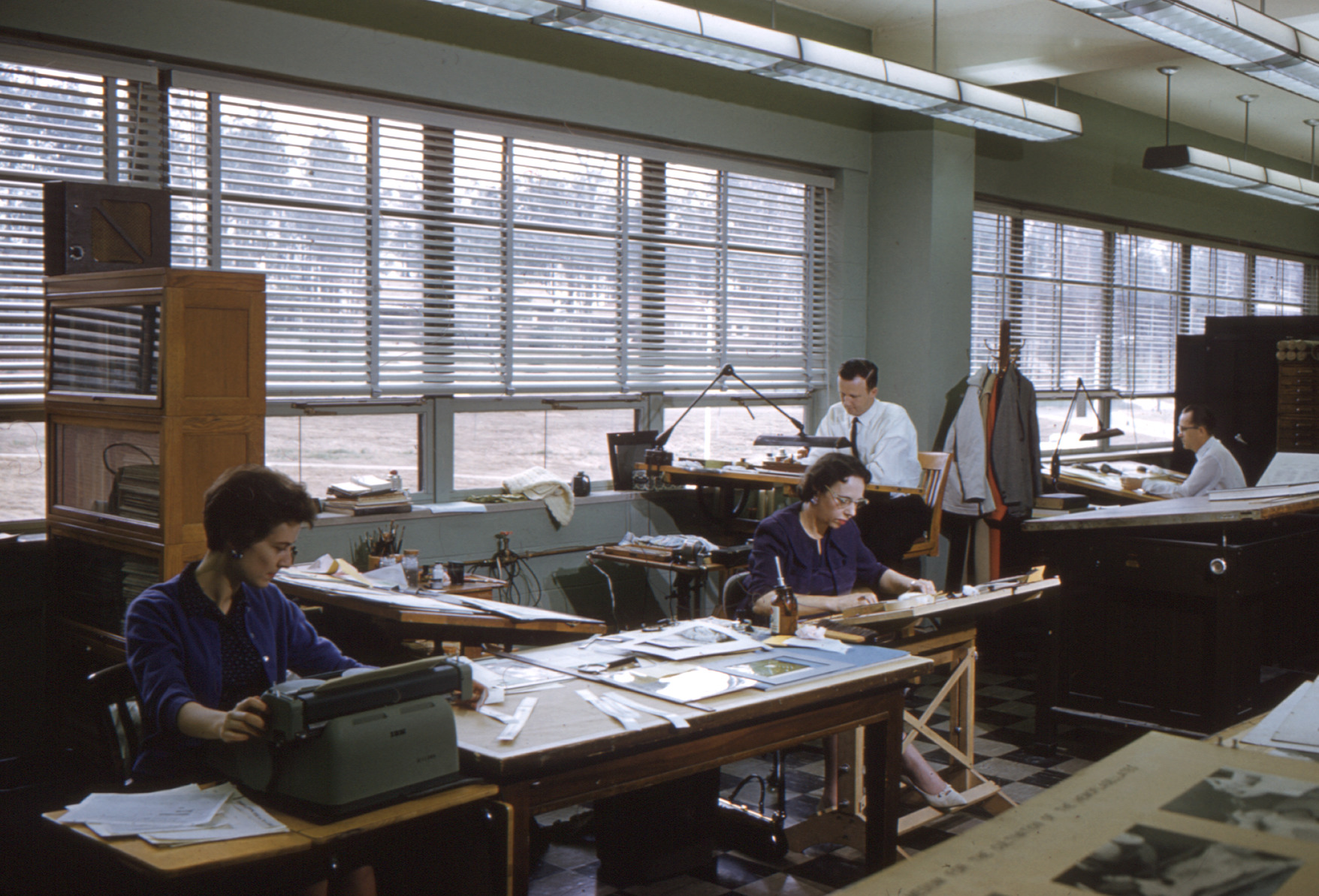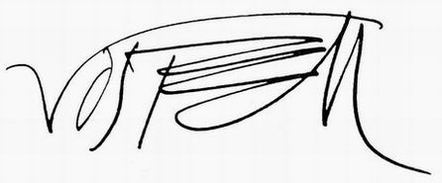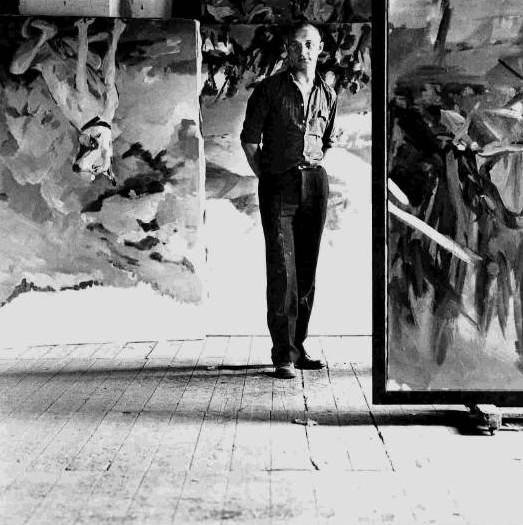|
Berlinische Galerie
The Berlinische Galerie is a museum of modern art, photography and architecture in Berlin. It is located in Kreuzberg, on Alte Jakobstraße, not far from the Jewish Museum. History The Berlinische Galerie was founded in 1975Berlinische Galerie: Zwei Rosen in der Bierflasche Nicola Kuhn, '''', 25 June 2010. Retrieved 7 September 2010. as a society devoted to exhibiting art from Berlin. For the first few years it was based in an office in , and its exhibitions were displayed at the |
Kreuzberg
Kreuzberg () is a district of Berlin, Germany. It is part of the Friedrichshain-Kreuzberg borough located south of Mitte. During the Cold War era, it was one of the poorest areas of West Berlin, but since German reunification in 1990 it has become more gentrified and known for its arts scene. The borough is known for its large percentage of immigrants and descendants of immigrants, many of whom are of Turkish ancestry. As of 2006, 31.6% of Kreuzberg's inhabitants did not have German citizenship. Kreuzberg is noted for its diverse cultural life and experimental alternative lifestyles, and is an attractive area for many, however, some parts of the district are still characterized by higher levels of unemployment. The counterculture tradition of Kreuzberg led to a plurality of votes for the Alliance 90/The Greens, Green Party, which is unique among all Berlin boroughs. Geography Layout Kreuzberg is bounded by the river Spree (river), Spree in the east. The Landwehrkan ... [...More Info...] [...Related Items...] OR: [Wikipedia] [Google] [Baidu] |
New Objectivity
The New Objectivity (in german: Neue Sachlichkeit) was a movement in German art that arose during the 1920s as a reaction against expressionism. The term was coined by Gustav Friedrich Hartlaub, the director of the ''Kunsthalle'' in Mannheim, who used it as the title of an art exhibition staged in 1925 to showcase artists who were working in a post-expressionist spirit. As these artists—who included Max Beckmann, Otto Dix, George Grosz, Christian Schad, Rudolf Schlichter and Jeanne Mammen—rejected the self-involvement and romantic longings of the expressionists, Weimar intellectuals in general made a call to arms for public collaboration, engagement, and rejection of romantic idealism. Although principally describing a tendency in German painting, the term took a life of its own and came to characterize the attitude of public life in Weimar Germany as well as the art, literature, music, and architecture created to adapt to it. Rather than some goal of philosophical obje ... [...More Info...] [...Related Items...] OR: [Wikipedia] [Google] [Baidu] |
Art Museums And Galleries In Berlin
Art is a diverse range of human activity, and resulting product, that involves creative or imaginative talent expressive of technical proficiency, beauty, emotional power, or conceptual ideas. There is no generally agreed definition of what constitutes art, and its interpretation has varied greatly throughout history and across cultures. In the Western tradition, the three classical branches of visual art are painting, sculpture, and architecture. Theatre, dance, and other performing arts, as well as literature, music, film and other media such as interactive media, are included in a broader definition of the arts. Until the 17th century, ''art'' referred to any skill or mastery and was not differentiated from crafts or sciences. In modern usage after the 17th century, where aesthetic considerations are paramount, the fine arts are separated and distinguished from acquired skills in general, such as the decorative or applied arts. The nature of art and related concepts, ... [...More Info...] [...Related Items...] OR: [Wikipedia] [Google] [Baidu] |
Chris Van Uffelen
Christian van Uffelen (born 19 December 1966 in Offenbach am Main) is a Dutch-German author and art historian, active in Stuttgart. Biography He studied Art History at the University of Münster and afterwards at the University of Mainz The Johannes Gutenberg University Mainz (german: Johannes Gutenberg-Universität Mainz) is a public research university in Mainz, Rhineland Palatinate, Germany, named after the printer Johannes Gutenberg since 1946. With approximately 32,000 stud ..., where he obtained his MA. His focus is on medieval architecture, classical modernity and contemporary construction. He has written several newspaper articles and books on these topics as well as a great number of articles on art and architectural history, in general for encyclopedias. Selected works * ''Berlin: Architecture and Design'', teNeues Verlag, 2003, * ''Paris - The Architecture Guide'' (with Markus Golser), Braun Publishing, 2008, * ''Cinema Architecture'', Braun Publishing, 2009, * ... [...More Info...] [...Related Items...] OR: [Wikipedia] [Google] [Baidu] |
List Of Museums In Germany
This is a list of museums and galleries in Germany. Baden-Württemberg Bavaria Augsburg * Augsburg Puppet Theater museum * Augsburg Railway Park * Fuggerei museum * German Ice Hockey Hall of Fame Bayreuth * Kunstmuseum Bayreuth Eichstätt * Jura Museum Feucht * Hermann Oberth Space Travel Museum Kempten * Alpin-Museum, largest museum in Europe of the history of the Alpes Munich ;Art museums * Alte Pinakothek * Bavarian National Museum * Bavarian State Archaeological Collection * Bavarian State Painting Collections * Glyptothek * Goetz Collection * Haus der Kunst * Lenbachhaus * Munich Residenz * Munich Stadtmuseum * Museum Brandhorst * Neue Pinakothek * Pinakothek der Moderne * Schackgalerie * Staatliche Antikensammlungen * Staatliche Sammlung für Ägyptische Kunst * Museum Five Continents ;Cultural history museums * Marstallmuseum * Deutsches Brauereimuseum * Deutsches Jagd- und Fischereimuseum * Jewish Museum Munich * Valentin-Museum in the ... [...More Info...] [...Related Items...] OR: [Wikipedia] [Google] [Baidu] |
List Of Museums In Berlin
Active museums This is a list of museums and non-commercial galleries in Berlin, Germany. Defunct museums References External links Museumsportal Berlin *{{Commonscat-inline Berlin, Germany Berlin
Berlin ( , ) is the capital and List of cities in Germany by population, largest ...
[...More Info...] [...Related Items...] OR: [Wikipedia] [Google] [Baidu] |
List Of Art Museums
Africa Algeria * Algiers: Museum of Modern Art of Algiers, Museum of Popular Arts and Traditions, National Museum of Fine Arts of Algiers * Oran: Ahmed Zabana National Museum ---- Egypt * Cairo: Egyptian Museum, Museum of Islamic Art, Gezira Center for Modern Art, Museum of Islamic Ceramics, Prince Amr Ibrahim Palace, The Townhouse Gallery, Mohamed Mahmoud Khalil Museum, Darb 1718 * Port Said: Museum of Modern Art in Egypt ---- Ivory Coast * Abidjan: Musée Municipal d'Art Contemporain de Cocody ---- Madagascar * Antananarivo: University of Madagascar's Museum of Art and Archaeology ---- Morocco * Tangier: Museum of Contemporary Art (Tangier), Musée de Carmen-Macein, Dar el Makhzen (Tangier) ---- Namibia * Windhoek: National Art Gallery of Namibia ---- Nigeria * Lagos: National Gallery of Art * Lagos: National Gallery of Modern Art * Oshogbo: Uli Beier Museum ---- Rwanda * Nyanza: Rwesero Art Museum ---- Senegal * Dakar: IFAN Museum of Afr ... [...More Info...] [...Related Items...] OR: [Wikipedia] [Google] [Baidu] |
Graphic Art
A category of fine art, graphic art covers a broad range of visual artistic expression, typically two-dimensional, i.e. produced on a flat surface.Graphic art " ''Encyclopædia Britannica''. Britannica.com. Retrieved 21 February 2016. The term usually refers to the arts that rely more on line, color or tone, especially drawing and the various forms of engraving;"Graphic art." ''The Oxford Dictionary of Art''. 3rd ed. Ed. Ian Chilvers. Oxford: Oxford University Press, 2004. p. 309. it is sometimes understood to refer specifically to printmaking processes, such as |
Junge Wilde
The term Junge Wilde (German for "young wild ones") was originally applied to trends within the art world, and was only later used with reference to politics. At present, the term is used by German-language journalists to describe any group within a tradition that seeks to undermine established authority. Artistic movement In 1978, the Junge Wilde painting style arose in the German-speaking world in opposition to established avant garde, minimal art and conceptual art. It was linked to the similar Transavanguardia movement in Italy, USA (neo-expressionism) and France ( Figuration Libre). The Junge Wilde painted their expressive paintings in bright, intense colors and with quick, broad brushstrokes very much influenced by Professor at the Academy of Art in Berlin, Karl Horst Hödicke (b:1938). They were sometimes called the Neue Wilde ( :de:Neue Wilde). Influential artists * Austria: Siegfried Anzinger, Erwin Bohatsch, Herbert Brandl, Gunter Damisch, Hubert Scheibl, Hubert Sch ... [...More Info...] [...Related Items...] OR: [Wikipedia] [Google] [Baidu] |
Wolf Vostell
Wolf Vostell (14 October 1932 – 3 April 1998) was a German painter and sculptor, considered one of the early adopters of video art and installation art and pioneer of Happenings and Fluxus. Techniques such as blurring and Dé-coll/age are characteristic of his work, as is embedding objects in concrete and the use of television sets in his works. Wolf Vostell was married to the Spanish writer Mercedes Vostell and has two sons, David Vostell and Rafael Vostell. Biography Wolf Vostell was born in Leverkusen, Germany, and put his artistic ideas into practice from 1950 onwards. In 1953, he began an apprenticeship as a lithographer and studied at the Academy of Applied Art in Wuppertal. Vostell created his first Dé-coll/age in 1954. In 1955–1956, he studied at the École Nationale Superieur des Beaux Arts in Paris and in 1957 he attended the Düsseldorf Academy of Arts. Vostell's philosophy was built around the idea that destruction is all around us and it runs through al ... [...More Info...] [...Related Items...] OR: [Wikipedia] [Google] [Baidu] |
Georg Baselitz
Georg Baselitz (born 23 January 1938) is a German painter, sculptor and graphic artist. In the 1960s he became well known for his figurative, expressive paintings. In 1969 he began painting his subjects upside down in an effort to overcome the representational, content-driven character of his earlier work and stress the artifice of painting. Drawing from myriad influences, including art of Soviet era illustration art, the Mannerist period and African sculptures, he developed his own, distinct artistic language. He was born as Hans-Georg Kern in , Upper Lusatia, Germany. He grew up amongst the suffering and demolition of World War II, and the concept of destruction plays a significant role in his life and work. These biographical circumstances are recurring aspects of his entire oeuvre. In this context, the artist stated in an interview: "I was born into a destroyed order, a destroyed landscape, a destroyed people, a destroyed society. And I didn't want to reestablish an ord ... [...More Info...] [...Related Items...] OR: [Wikipedia] [Google] [Baidu] |
Hannah Höch
Hannah Höch (; 1 November 1889 – 31 May 1978) was a German Dada artist. She is best known for her work of the Weimar period, when she was one of the originators of photomontage. Photomontage, or fotomontage, is a type of collage in which the pasted items are actual photographs, or photographic reproductions pulled from the press and other widely produced media. Höch's work was intended to dismantle the fable and dichotomy that existed in the concept of the "New Woman": an energetic, professional, and androgynous woman, who is ready to take her place as man's equal. Her interest in the topic was in how the dichotomy was structured, as well as in who structures social roles. Other key themes in Höch's works were androgyny, political discourse, and shifting gender roles. These themes all interacted to create a feminist discourse surrounding Höch's works, which encouraged the liberation and agency of women during the Weimar Republic (1919–1933) and continuing through to toda ... [...More Info...] [...Related Items...] OR: [Wikipedia] [Google] [Baidu] |



.jpg)



